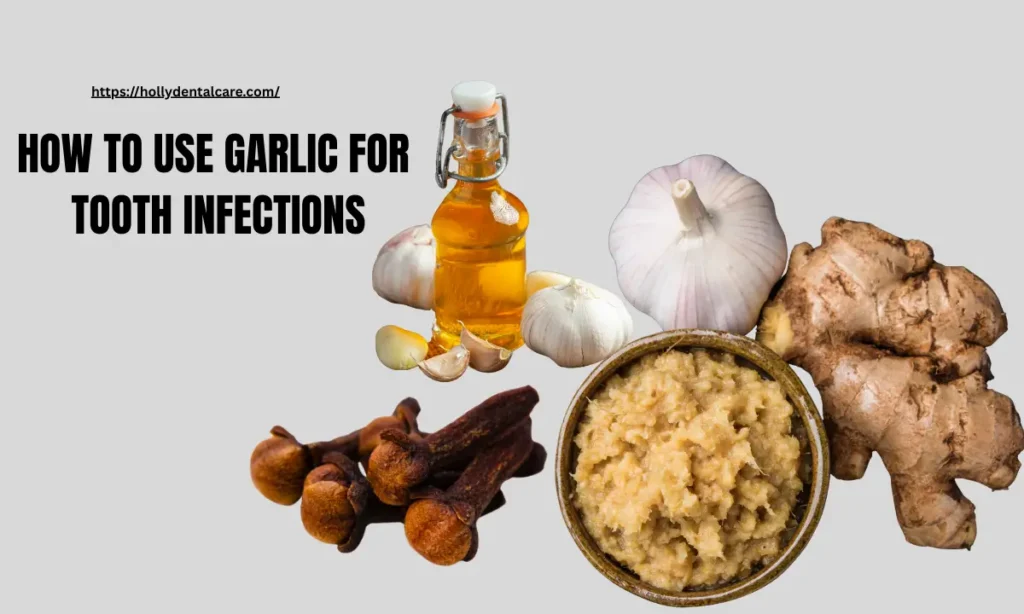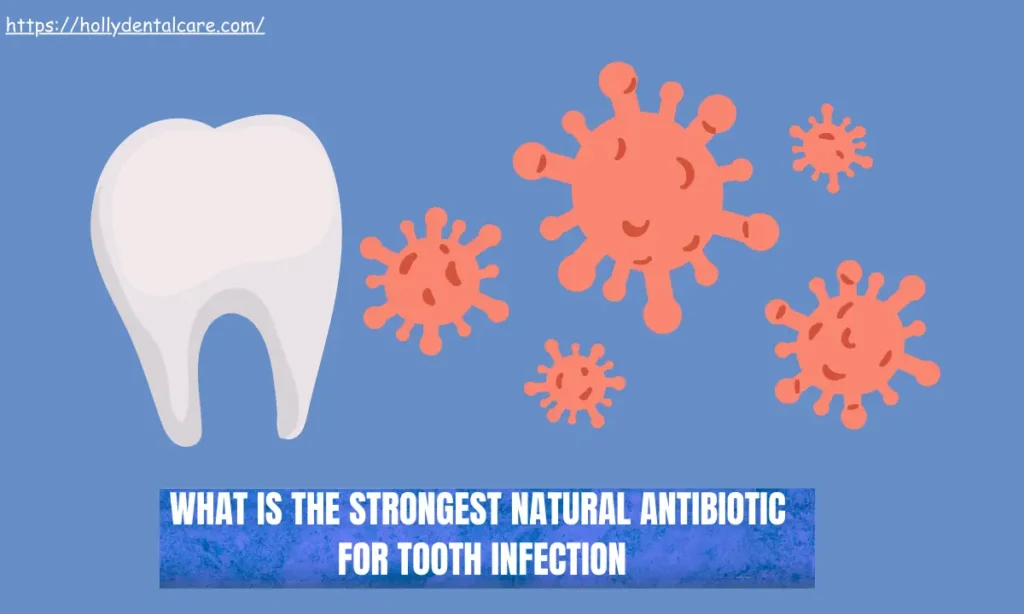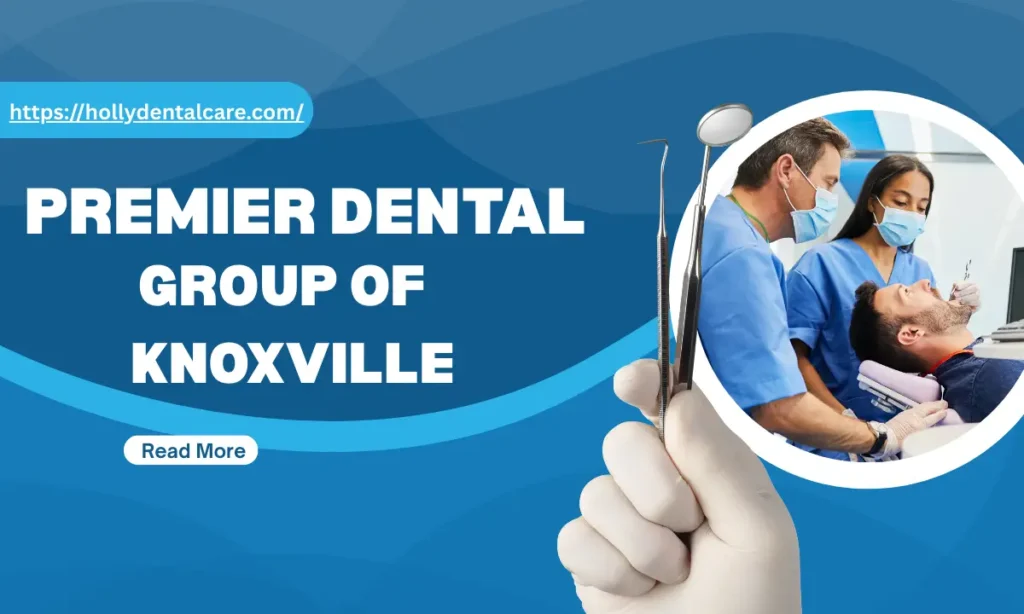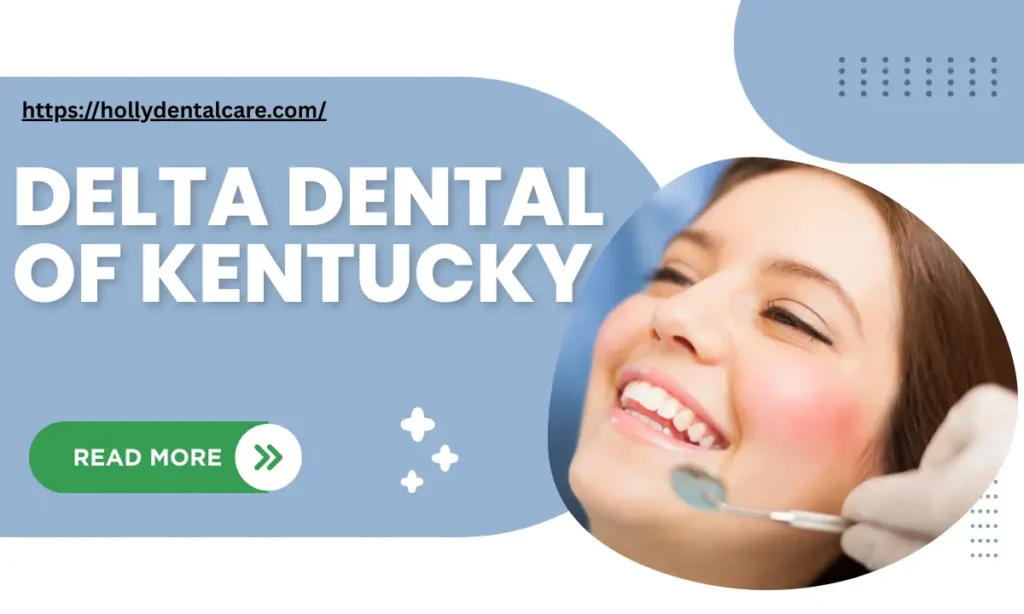An abscess from a tooth can be an unbearably painful experience and prompt the rapid swelling of cheeks and neck by involvement of serious systemic complications if medical attention is not administered. Dentists widely prescribe plain antibiotics such as amoxicillin or metronidazole, but many people seek natural medication, either because of their allergy to such antibiotics, growing concerns regarding antibiotic resistance, or for simple reasons of holistic choice.
This article discusses the most effective options for treating oral infections, focusing on tooth infections, that have been historically used and scientifically validated. It assesses their mechanisms of action, evidence-based effectiveness, and suggestions for the safe use of these agents alone or as complementary interventions.
Strongest Natural Antibiotic for Tooth Infection
A tooth infection is caused due to untreated cavities, cracked teeth, gum disease, or any failed dental procedure. That helps bacteria to invade the interior soft tissue or pulp of the tooth. Most commonly seen symptoms include a swelling of the face, fever, pain, and pus build up with an odd taste in the mouth. If not treated at the right time, it might progress to other tissues around it or even enter the blood to cause very serious problems like sepsis.
They usually prescribe penicillin, clindamycin, or azithromycin almost always along with drainage or extraction procedures to treat the infection. Moreover, due to rising concerns regarding antibiotic resistance and the effect safety, interest in natural antibiotics is emerging. They have shown promising antimicrobial properties and are increasingly utilized in supportive treatment.
The Strongest Natural Antibiotic for Tooth Infection
Garlic has very strong antimicrobial activity with action against bacterial enzyme systems and disruption of the microbial cell membrane with the aim of countering several range of harmful bacteria.

How to Use Garlic for Tooth Infections
Crushed Garlic Paste
- Let 1-2 crushed garlic pieces sit for about 10 minutes before a straight application into the simple paste onto the affected area either with clean hands or even the use of a cotton earbud.
- Application on the site of coverage is done up to 5 to 10 minutes, then a thorough rinse of warm water follows.
- Repeat 2 – 3 times on a daily basis for best results.
Garlic Oil
- Garlic oil, which may come in capsule or tincture form, is helpful to take either way according to the guidance.
- For external use, one drop of garlic oil should be mixed with carrier oils such as olive oil or coconut oil and applied to the affected part of the tooth or gums.
Caution
- Raw garlic paste should not be used for prolonged periods of time.
- It is necessary to rinse immediately afterward.
- For irritation or allergic reactions, discontinue treatment and seek a dental professional’s advice.
How to Use Natural Antibiotics for Tooth Infection
While garlic is certainly the strongest natural agent, other natural agents may also possess significant antimicrobial and healing properties with regard to tooth infection:
Clove
Eugenol is primarily known for its antiseptic and analgesic properties, and within clove oil, it imparts a beneficial effect that kills bacteria and relieves pain that originates in teeth.
- Clove oil is dabbed on the infected tooth using a cotton bud.
- 2-3 drops of clove oil in warm water and rinse.
Turmeric
Curcumin reveals prime properties of anti-inflammatory, anti-bacterial, and wound healing and hence provides a credible solution for treating oral infections.
- Combine some turmeric powder with coconut oil to make a paste and apply it to the affected area. Curcumin is commercially available in mouthwash preparation.
Tea Tree Oil
Tea tree oil is widely acknowledged as an antiseptic and is lethal to a broad array of microbes.
- Add one or two drops of it into warm water and gurgle.
- Never swallow; use diluted forms.
Manuka Honey
- Directions for use: Dare apply a generous amount two to three times daily to the affected area.
- Therapeutically, it has to be medical-grade Manuka honey, UMF >10+.
Supportive Natural Remedies for Tooth Infection
These natural agents may not directly kill bacteria; however, it rather aids in healing, reduces inflammation, and prevents secondary infection
- Salt Water Rinse: Is an isotonic solution to withdraw pus and alleviate inflammation.
- Hydrogen Peroxide (3%): Antibacterial and cleans infected pockets. Use equal parts diluted with water and swish in the mouth.
- Aloe Vera Gel: Natural anti-inflammatory and wound healer, it can be directly applied to the gums.
Can Natural Antibiotics Replace Prescription Medications?
- Shortcomings in classification: Natural products show variation in potency and composition.
- Delayed action: Natural remedies take time to reduce infection.
- Unfathomable penetration: All severe abscesses require surgical drainage or a root canal; natural agents can’t provide that.
When to See a Dentist Immediately
It might be possible for early-stage infections or as a supplementary modality in treatment. However, immediate dental care is a must in situations where:
- There is severe pain which is unrelieved by natural remedies
- Facial swelling or difficulty in swallowing
- High fever
- The spreading redness or warmth in the face contiguous with the neck
- Pus discharge or foul taste
- Comes on infection after an interval time of infection
One should not ignore the tooth infection because it would lead to grave systemic complications like Ludwig’s angina, osteomyelitis, or even sepsis.
Conclusion
Garlic is indeed the most potent natural antibiotic among all natural remedies that works for tooth infections owing to its wide-spectrum action against microbes, ability to disrupt attacking bacterial cell walls, and proven scientific efficacy against oral pathogen action. However, there are other natural agents like clove oil, turmeric, oregano oil, and Manuka honey, which are also beneficial on their own accounts and add much to treat these affected parts. These remedies decrease aches and pain on the healing process, as well as minimize swelling and inflammation, making them excellent complementary alternatives. They may help in mild or early cases, but even that would never be sufficient in the treatment of serious infections. These types of internal therapy are not only preventive and supplementary therapies but also cannot be relied upon as the only modes of treatment.
Also read:- How to Remove Tooth Decay Yourself: Natural Tips for Healthy Teeth



